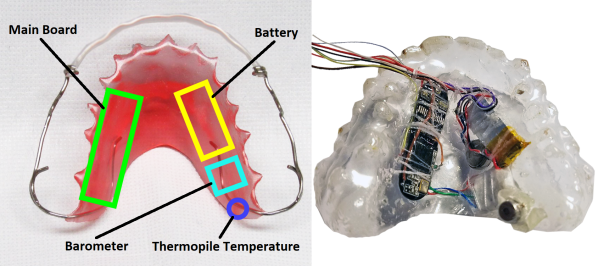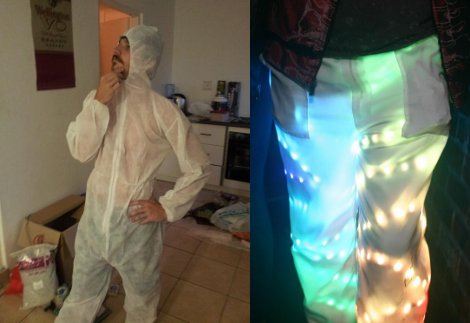For amateur radio operators, the quest for the perfect antenna never seems to end. Perhaps that’s because our requirements are always changing. We never quite seem to get to one design that can do everything. This copper-foil Yagi antenna might not do everything, but it really seems to tick off the boxes for gain and directionality along with ultra-portability.
If you’ve been following [Ben Eadie (VE6SFX)]’s trip down the rabbit hole of lightweight antenna building, you’ll recall that he’s already knocked off a J-pole antenna and a stealthy mobile slot antenna using little more than copper foil tape. Both of those designs performed great, but [Ben] had bigger fish to fry: he wanted to build a directional antenna for the 2-meter band and go for distance. The traditional Yagi-Uda is generally the preferred design for beam antennas, but they tend to be bulky and cumbersome. But with a roll of copper foil tape [Ben] was able to lay out a three-element Yagi on a sheet of Tyvek wrap. Reinforced with some packing tape and stiffened with a couple of fiberglass rods attached to a 3D printed handle, and it was ready to go.
[Ben]’s field test results were most impressive. Not only was he able to open up repeaters up to 90 km away, but he was getting good signal reports to boot. He was even able to reach a repeater 150 km distant, just barely though. Still, that’s mighty impressive performance from something that looks like a Union Jack and rolls up to fit in a pocket.
Continue reading “Pocketable Yagi Antenna Really Shoots For Distance”














